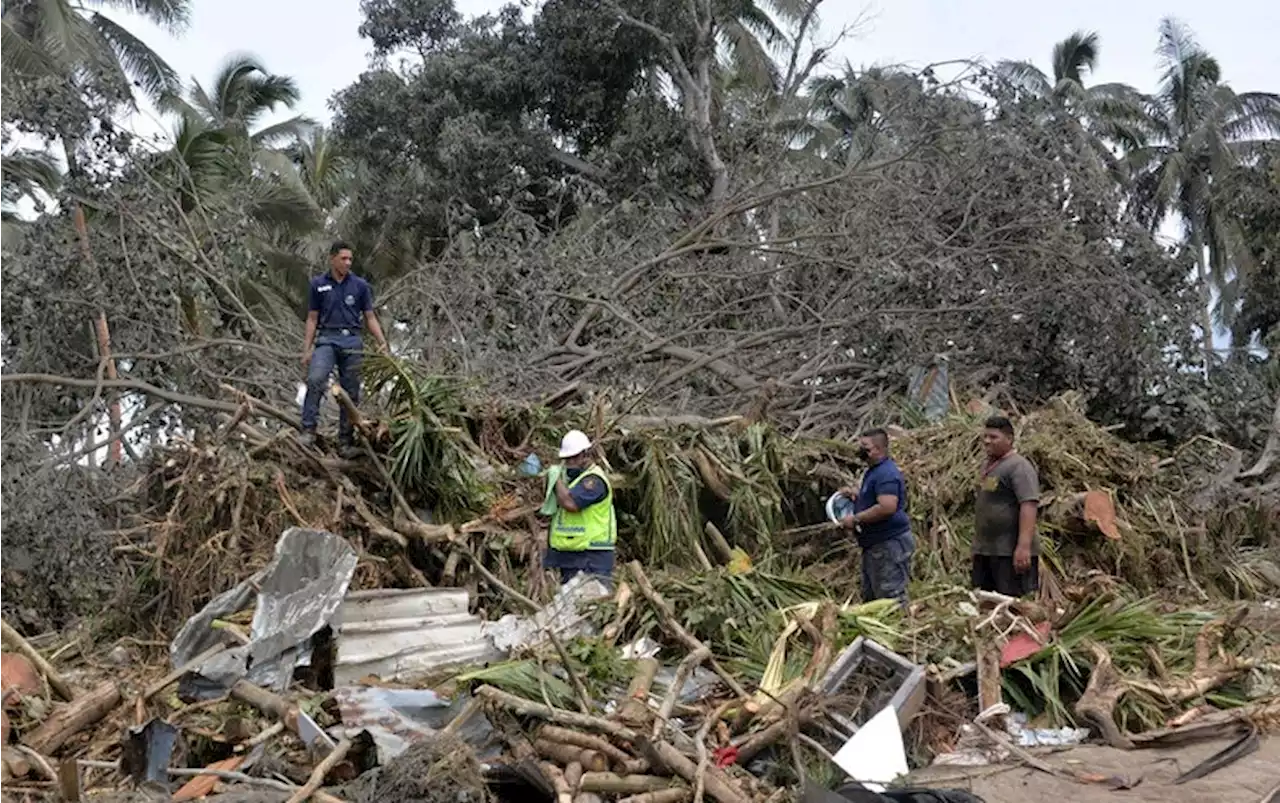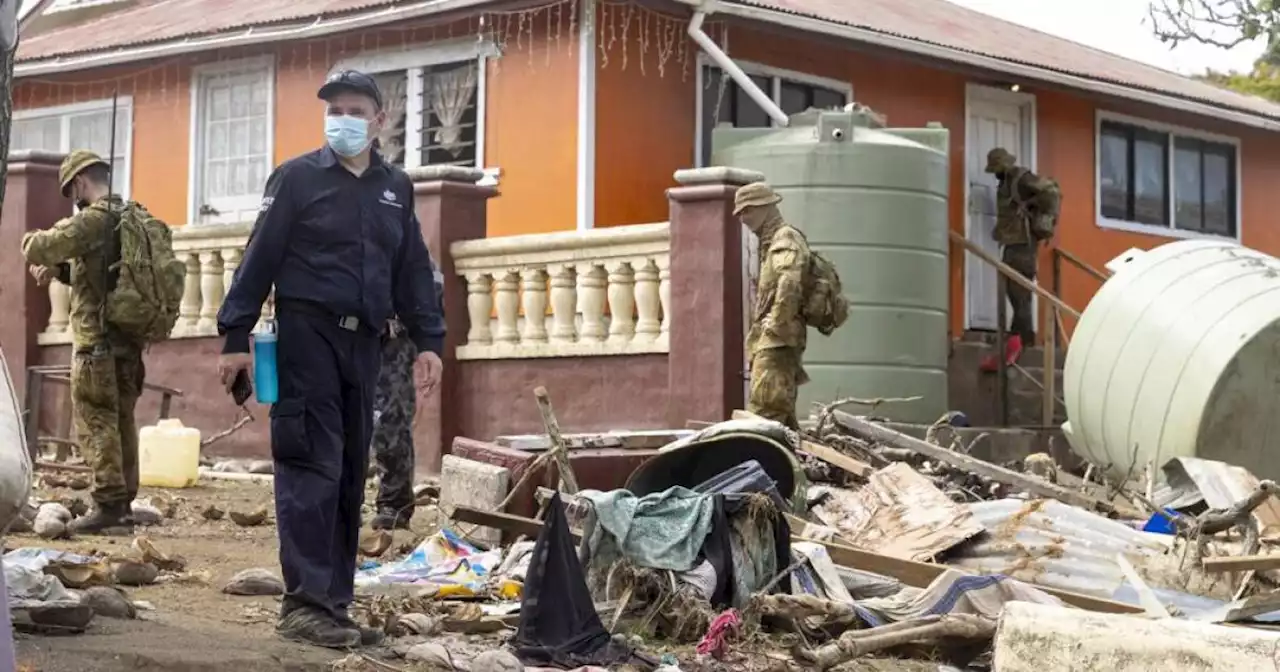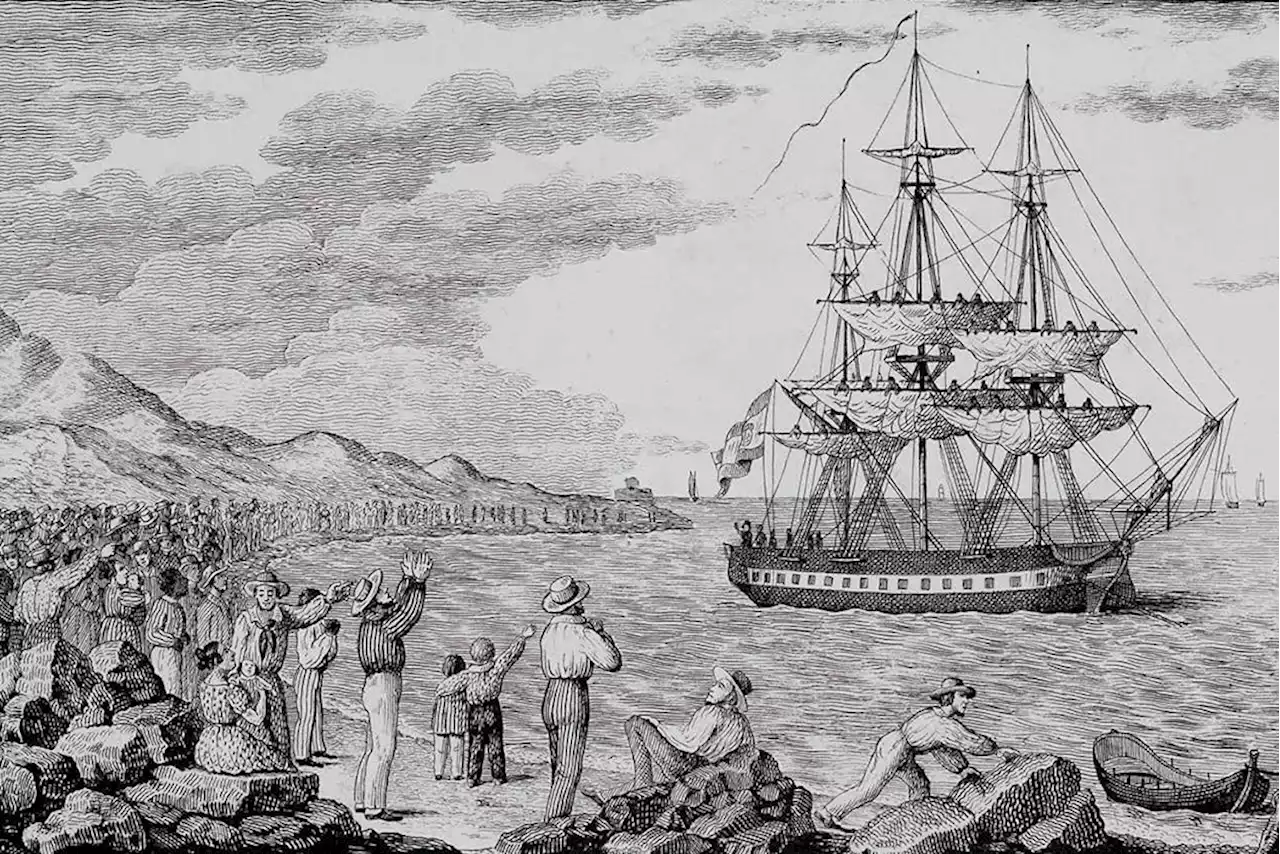The 15 January blast sent shock waves around the globe and defied scientific expectations. Researchers are now scrambling to work out why.
Several research teams visited the new island soon after it formed and gathered samples of volcanic ash and rock. Geochemical analysis of that material, described in a paper in, found that the 2009 and 2014–15 eruptions involved molten rock that had not risen recently from the great depths of Earth’s mantle.
Geologist Taaniela Kula and his colleagues at the Tonga Geological Services in Nuku‘alofa have been collecting ash samples from islands across Tonga that Cronin and others are analysing. By studying ash from different islands, including noting how thickly and how widely it is distributed, researchers will be able to build up a better picture of how the eruption unfolded.
The eruption of Hunga Tonga–Hunga Ha‘apai is unusual in that it combined features not usually seen together, says Cas. Volcanologists know of other examples of eruptions that occurred under water, or under snow and ice, and thus incorporated water. Scientists have also seen extremely high eruption plumes that towered into the atmosphere. But Hunga Tonga–Hunga Ha‘apai is a unique example of both things happening together.
The giant ash cloud that erupted from Hunga Tonga–Hunga Ha‘apai, taken by the Japanese satellite Himawari-8.The Tonga volcano didn’t emit enough sulfur dioxide to change global climate, as eruptions from some other volcanoes have. It expelled an estimated 400,000 tonnes of SO, whereas the 1991 eruption of Pinatubo ejected nearly 20 million tonnes. That blast temporarily cooled the planet by nearly 0.
The challenge now is to gather enough data to complete the puzzle. Volcanologists would normally monitor an active volcano using seismometers to study earthquakes in the surrounding area. There are currently no active seismometers in Tonga, so the large quakes that have been happening around Hunga Tonga–Hunga Ha‘apai since the 15 January eruption have not been tracked in much detail.
Indonesia Berita Terbaru, Indonesia Berita utama
Similar News:Anda juga dapat membaca berita serupa dengan ini yang kami kumpulkan dari sumber berita lain.
 The Tongan Volcano Is a Reminder of Island Nations’ VulnerabilitiesAs the country rebuilds, its leaders need to plan for natural disasters and climate change
The Tongan Volcano Is a Reminder of Island Nations’ VulnerabilitiesAs the country rebuilds, its leaders need to plan for natural disasters and climate change
Baca lebih lajut »
 Musk helping restore Tongan internet; virus outbreak growingA top Fijian official tweeted that a team from Musk’s SpaceX company was in Fiji establishing a station that would help reconnect Tonga through SpaceX satellites.
Musk helping restore Tongan internet; virus outbreak growingA top Fijian official tweeted that a team from Musk’s SpaceX company was in Fiji establishing a station that would help reconnect Tonga through SpaceX satellites.
Baca lebih lajut »
 You Should Definitely Watch Pixar's Newest Film 'Turning Red' With Your Tween — Here's WhyTurningRed is your next must-watch family night film. This fun, coming of age story manages to balance entertainment and education. Stream it on disneyplus March 11!
You Should Definitely Watch Pixar's Newest Film 'Turning Red' With Your Tween — Here's WhyTurningRed is your next must-watch family night film. This fun, coming of age story manages to balance entertainment and education. Stream it on disneyplus March 11!
Baca lebih lajut »
 Why young orphans were once used as human refrigeratorsThe Weirdest Thing I Learned This Week is back, and it's got human refrigerators, poop knives and bird tongues!
Why young orphans were once used as human refrigeratorsThe Weirdest Thing I Learned This Week is back, and it's got human refrigerators, poop knives and bird tongues!
Baca lebih lajut »